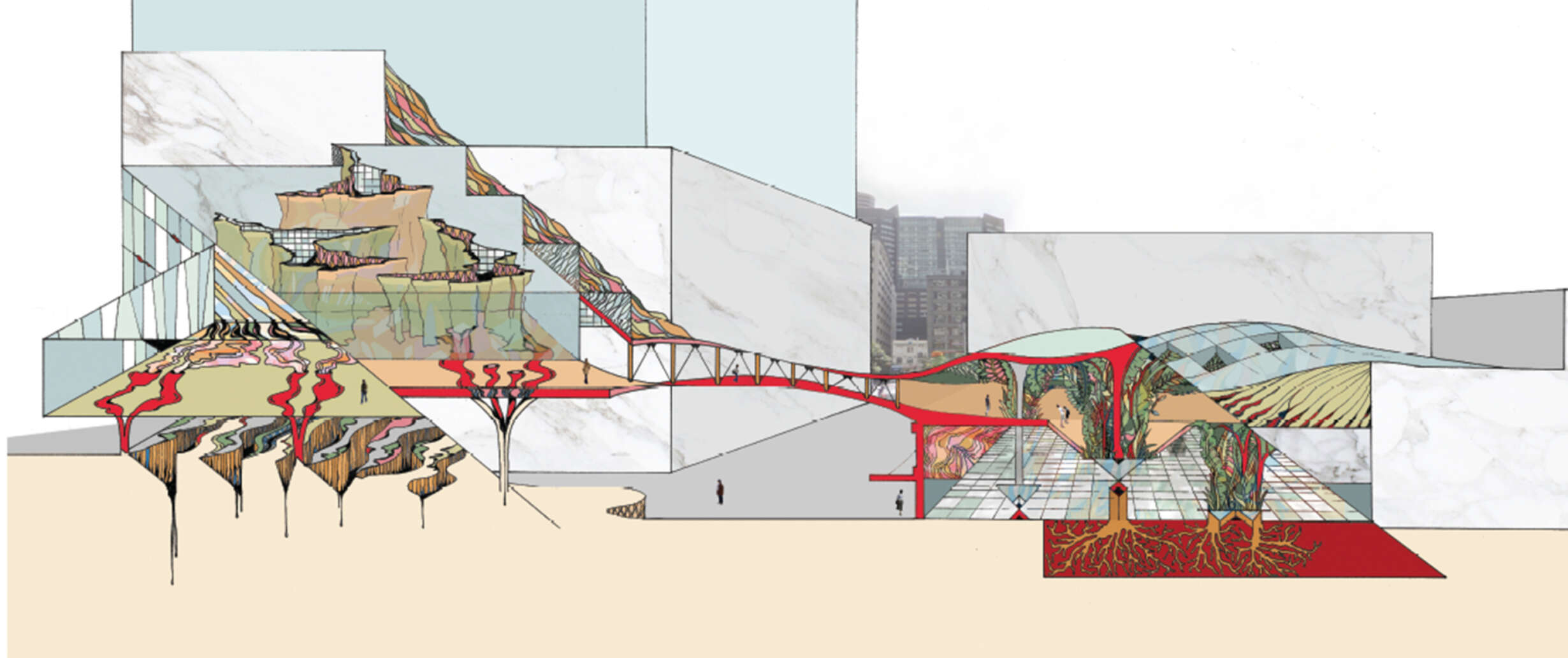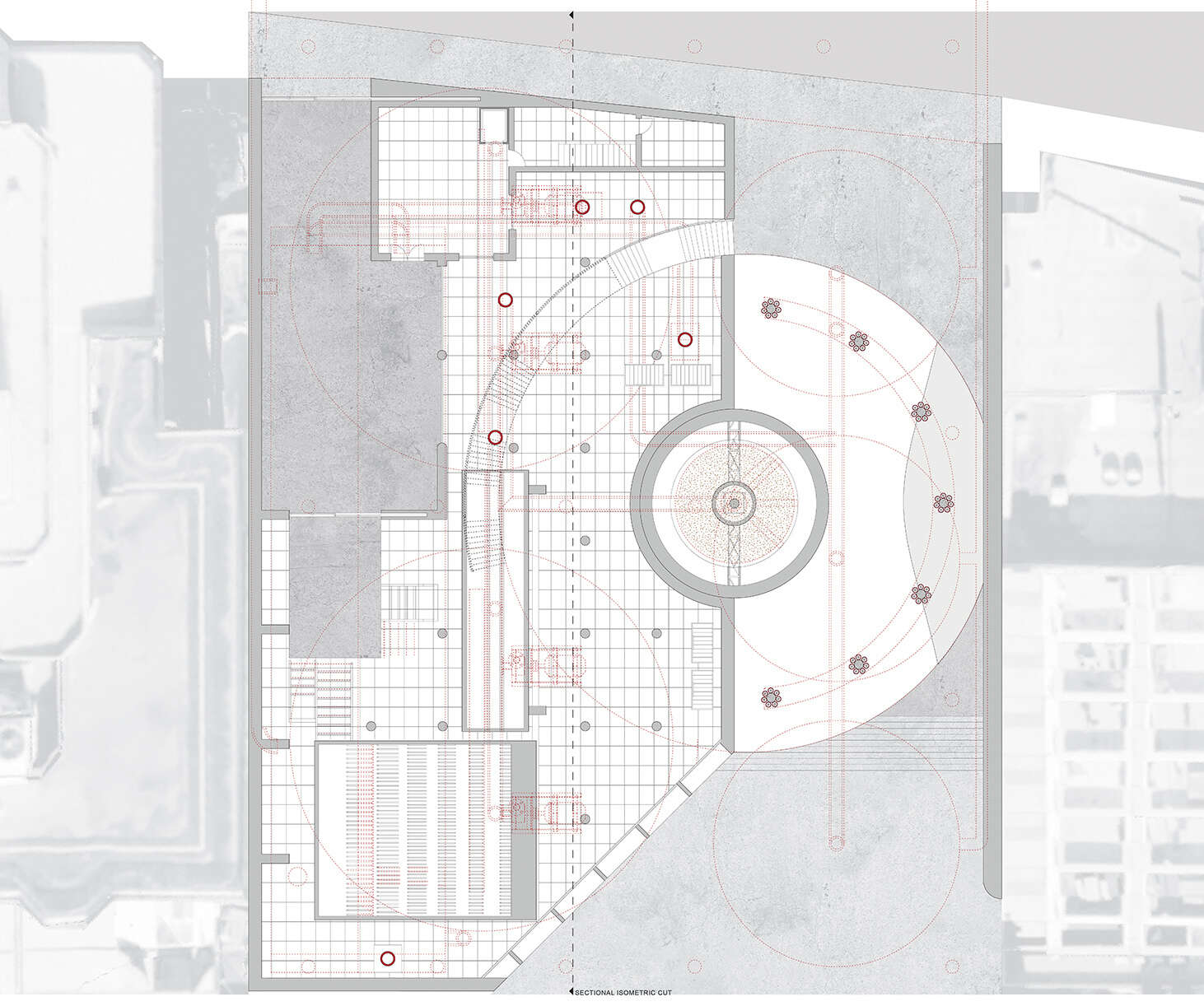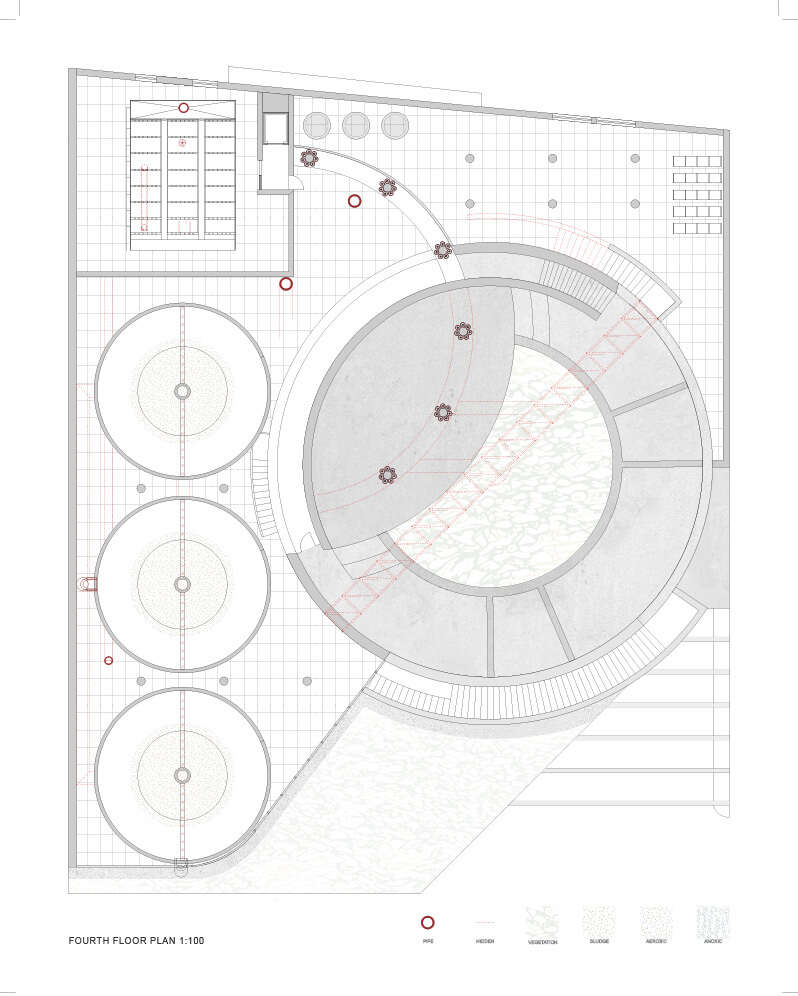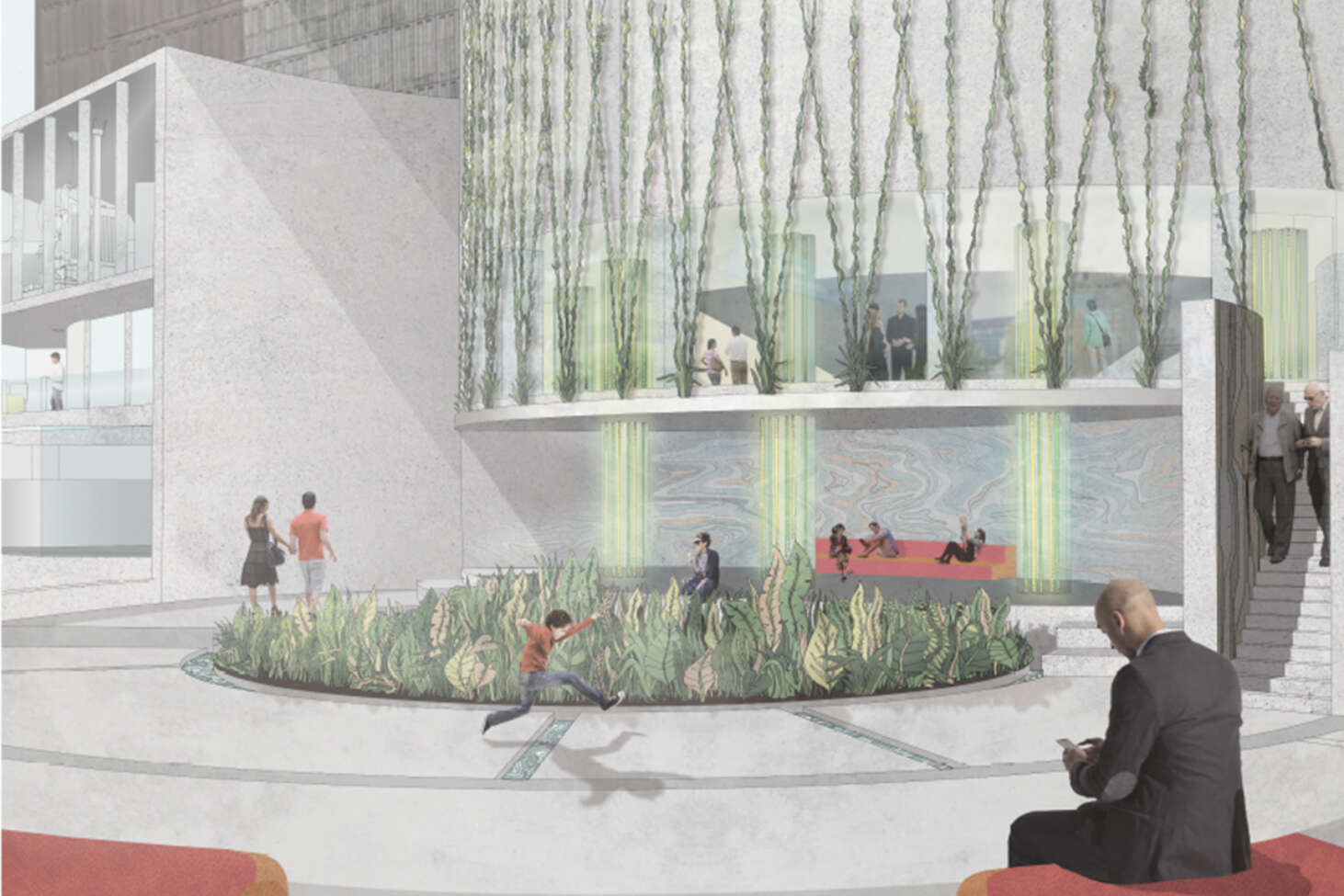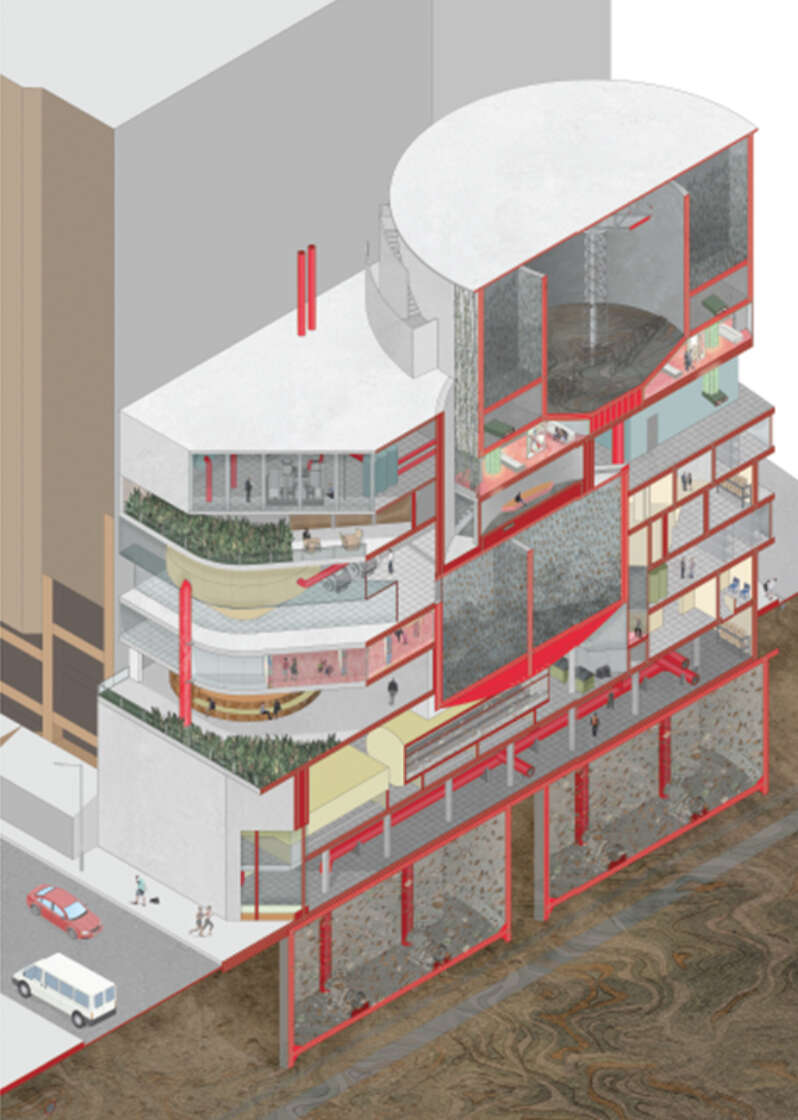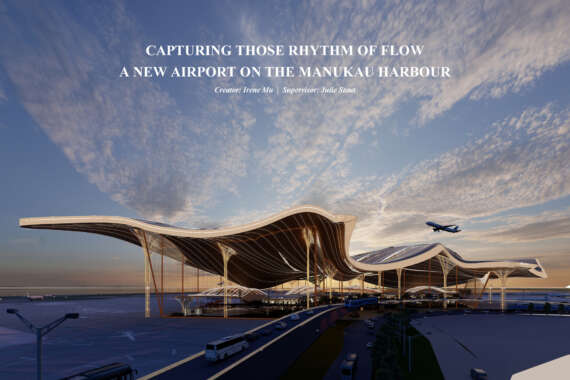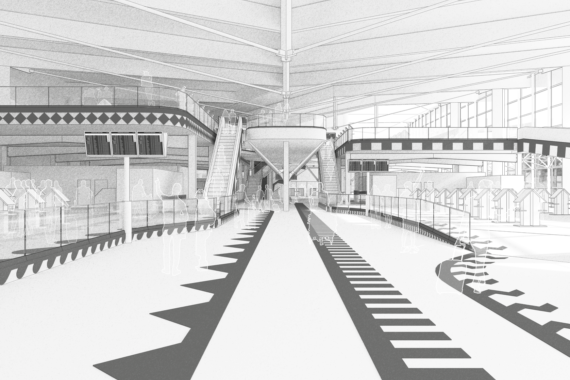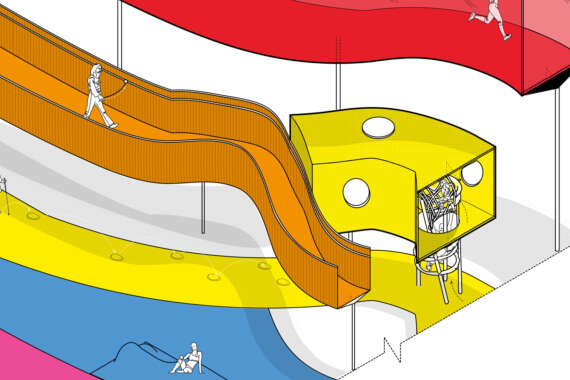Sh*t's getting real: An architectural distillation of waste
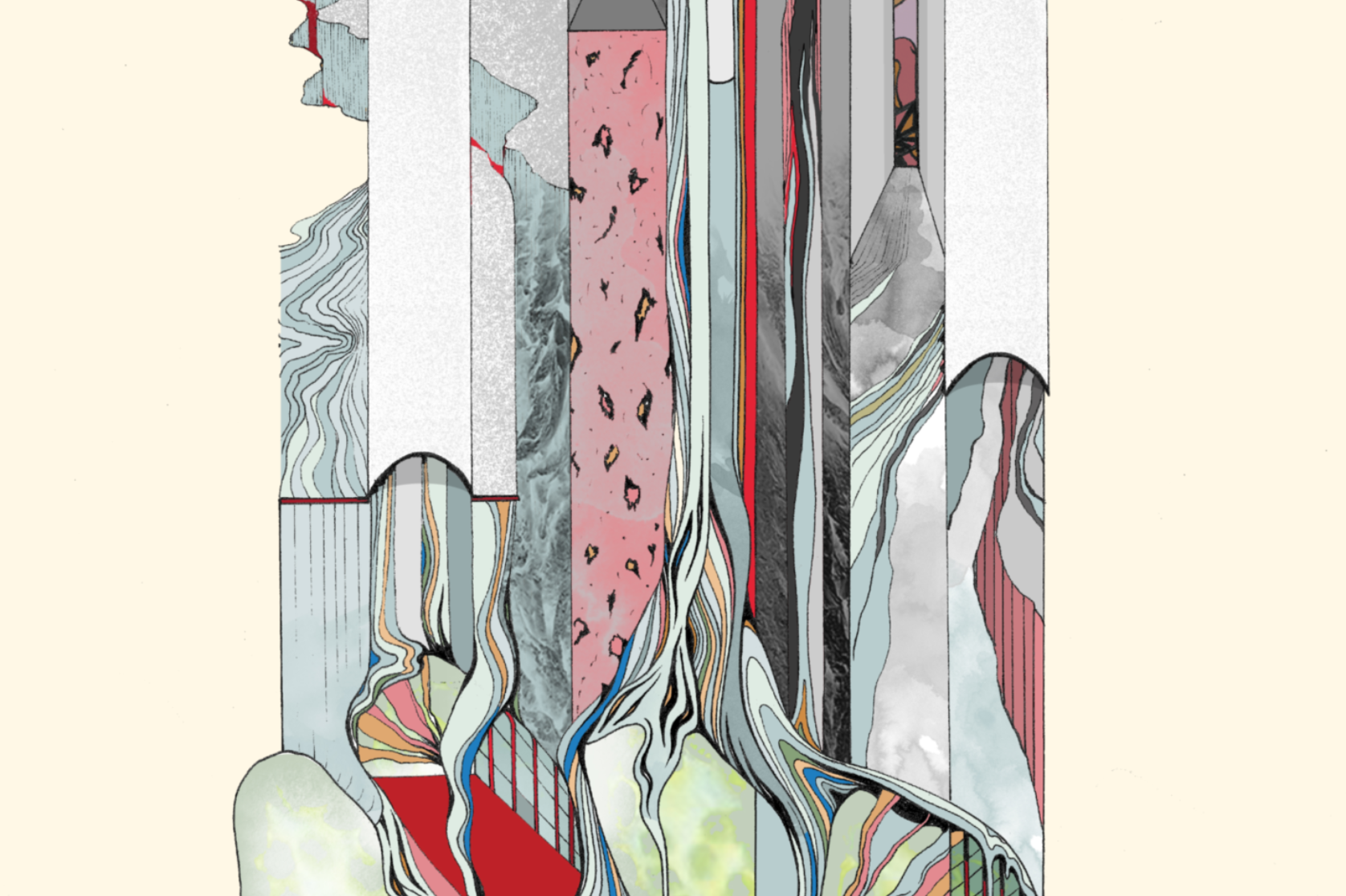
The densification of Auckland is bringing an influx of people – and an equal efflux of waste. Fort Street, which was once the original foreshore of Auckland city, is a reclaimed area that represents the consequences of growth, trade and expansion. The vacant site between Shortland Street and Fort Street, where the Star Times building once existed, is primed for redevelopment. Convention would suggest it be reserved for either office space or apartments. However, by utilising this site for wastewater processing it is possible to bring this essential infrastructural service to the forefront of Auckland’s consciousness. The current system collects and transports wastewater through a large network of subterranean pipes to be treated at a distant location. This architecture thesis intends to exhibit this primarily hidden infrastructural service, through a process of architectural representation – humanising and emboldening the melancholic zeitgeist of waste.







